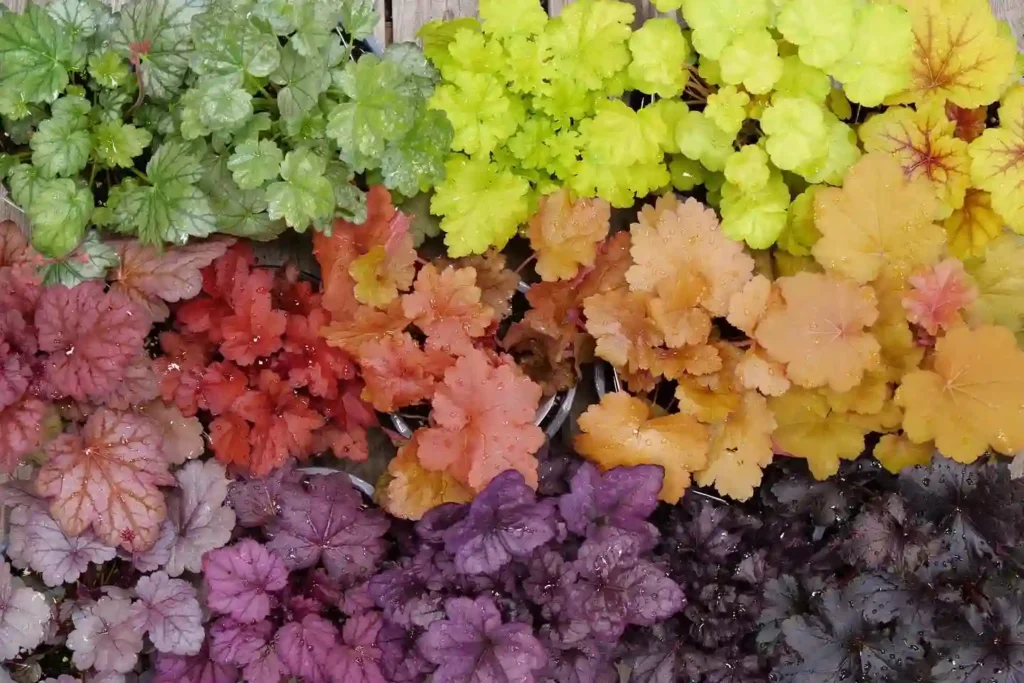
FAQs about Cucurbita Foetidissima
When I first came across Cucurbita Foetidissima, commonly known as the fetid squash or stinking gourd, I was intrigued by its unique characteristics and care requirements. Having spent some time growing and studying this plant, I’ve gathered a lot of useful information that I think might help others who are interested in it. Here’s a comprehensive FAQ to cover everything from basic care to its uses and problems.
19 Species in Genus Cucurbita
What Is Cucurbita Foetidissima?
Cucurbita Foetidissima is a perennial vine native to the southwestern United States and northern Mexico. It’s often called the fetid squash because of its strong, unpleasant odor, especially when its leaves or stems are bruised. The plant produces large, yellow-orange flowers and squash-like fruits that can be toxic if ingested.
How to Care for Cucurbita Foetidissima?
Caring for Cucurbita Foetidissima involves a few key steps:
- Sunlight: This plant thrives in full sun. Make sure it gets at least 6 to 8 hours of direct sunlight each day to encourage healthy growth.
- Soil: It prefers well-draining soil. A sandy or loamy soil is ideal. Ensure the soil is rich in organic matter for the best results.
- Watering: Water the plant regularly to keep the soil moist but not waterlogged. Overwatering can lead to root rot, so be careful not to let it sit in standing water.
- Fertilizing: Use a balanced fertilizer during the growing season to support vigorous growth. A monthly application should be sufficient.
- Pruning: Prune the plant to manage its size and remove any dead or diseased growth. This will also help improve air circulation around the plant.
How to Propagate Cucurbita Foetidissima?
Propagation of Cucurbita Foetidissima can be done through seeds or by division:
- Seeds: Start seeds indoors about 6 to 8 weeks before the last frost. Plant them in seed-starting mix and keep them warm and moist. Once seedlings have grown a few inches tall and the danger of frost has passed, transplant them outdoors.
- Division: In the spring, you can divide mature plants. Carefully separate the root ball into sections and replant them in new locations. Each section should have a healthy root system and a few stems.
What to Plant with Cucurbita Foetidissima?
Companion planting can help maximize the space and improve the health of Cucurbita Foetidissima:
- Corn: Corn can provide natural support for the vine, and the plant’s shade helps keep the soil cool and moist.
- Beans: Beans can fix nitrogen in the soil, benefiting the Cucurbita Foetidissima.
- Marigolds: Planting marigolds nearby can help repel pests that might otherwise target your fetid squash.
Is Cucurbita Foetidissima Toxic?
Yes, Cucurbita Foetidissima is toxic if ingested. The fruit and seeds can cause gastrointestinal distress if eaten. The plant’s strong odor also acts as a deterrent to animals and pests, but it’s important to handle it with care and keep it away from children and pets.
Benefits of Cucurbita Foetidissima
Despite its unpleasant smell and toxic nature, Cucurbita Foetidissima has some notable benefits:
- Ornamental Value: Its vibrant flowers and interesting fruit make it an attractive addition to gardens.
- Wildlife Attraction: The plant attracts pollinators like bees and butterflies, which can benefit other plants in your garden.
- Soil Erosion Control: As a vigorous vine, it can help control soil erosion in areas where ground cover is needed.
Common Problems with Cucurbita Foetidissima
- Pests: Watch out for pests such as aphids and spider mites, which can damage the plant. Regularly inspect your plant and treat any infestations promptly.
- Disease: Powdery mildew can be a problem, especially in humid conditions. Ensure good air circulation and avoid overhead watering to prevent this disease.
- Poor Fruit Production: If your plant isn’t producing fruit, it might be due to inadequate pollination. Planting companion plants like corn can help with this.
Compare Cucurbita Foetidissima with Other Similar Plants
- Cucurbita Pepo: Unlike Cucurbita Foetidissima, Cucurbita Pepo (like pumpkins and zucchinis) is edible and widely cultivated for its fruit. It has a more pleasant smell and is less aggressive in its growth habit.
- Cucumis Melo: Known as cantaloupe or honeydew, Cucumis Melo is another member of the Cucurbitaceae family, but it’s grown for its sweet, edible fruit rather than its ornamental qualities.
In conclusion, Cucurbita Foetidissima, with its unique characteristics and specific care requirements, offers an interesting addition to any garden. Its ornamental appeal and benefits for wildlife make it a plant worth considering if you can accommodate its needs and handle its toxicity responsibly.
If i die, water my plants!



